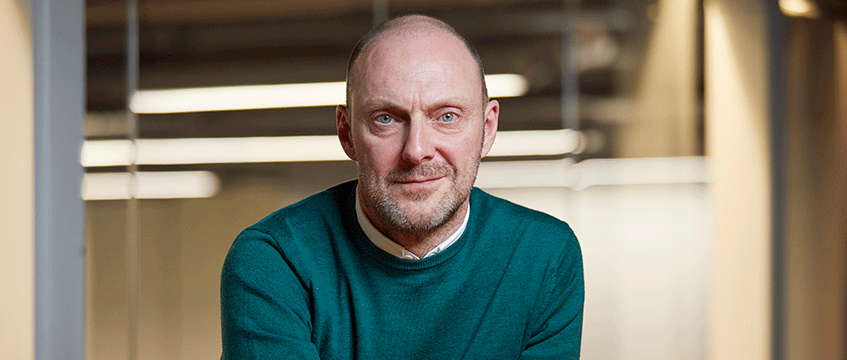COMMENT The events of the past two years have upended the way many of us work. Our offices might not be used in the same way or to the same extent as they were pre-pandemic, but as a degree of normality has returned, the past few months have shown people are keen to return to well-designed and collaborative workplaces.
What hasn’t been discussed enough is the role that culture is playing in bringing people back to offices and, in turn, reanimating our cities.
Most people cherish being close to theatres, galleries, music venues and art installations – by virtue of proximity they are more likely to pop into an exhibition on their lunch break or go to a show once they’ve clocked off in the evening. Areas in towns and cities with easy access to such cultural capital are far more popular than those without. It’s at the heart of what makes places such as Soho more exciting than Canary Wharf and, arguably, a major factor in why those offices are at greater occupancy.
And as well as encouraging people back to the workplace, these amenities can significantly enhance staff enjoyment, health and wellbeing.
Brought to life
The positive personal impact of accessible cultural capital should not be underestimated. Numerous scientific reports have highlighted the physical and mental health benefits of being able to engage with arts and culture, wherever you live or work.
This is central to U+I’s approach to creative regeneration. Take Circus Street, our new 2.4-acre award-winning mixed-use neighbourhood in Brighton. Built on the site of an old municipal market, a new standalone cultural building sits at the heart of the new community we have created, surrounded by several public art installations, 140 new homes, 450 student rooms, 30,000 sq ft of office space – the first to be delivered in the city for six years, retail units and landscaped public realm.
Opened last month by non-profit organisation South East Dance, the highly functional and flexible cultural building features a 14,000 sq ft dance studio, research and community studio space and offices.
Essentially, the dance studio and community space connect to a new publicly accessible plaza, facilitating outdoor performances and engaging the wider community. A series of shops, cafés and restaurants has formed a lively central hub with activity both day and night. In almost all of the schemes we build, hospitality and cultural offerings play a key role in bringing the places to life.
In our Mayfield scheme in Manchester, Escape to Freight Island is a new city centre food and drink destination located next to a 10,000-capacity live music venue, Depot Mayfield. In June, we welcomed our millionth paying customer since it opened in Autumn 2019 – a period during which we finished construction of a 6.5-acre public park and went through numerous lockdowns. It remained Covid-secure throughout and proved to be a huge hit with local residents, visitors and workers alike. It has allowed people to enjoy and get to know Mayfield long before the park opens this autumn, and given them somewhere new and exciting to hang out.
Property (tri)cycle
Such interventions need not be on such a large scale to have an impact on people and places. Public art is a hugely effective way of injecting life and engagement into spaces. We have installed a knotted postbox by the artist Alex Chinneck at Caxton Works in Canning Town and a mystical creature riding a tricycle at St Mark’s Square in Bromley. At the Old Vinyl Factory in Hayes, to celebrate the site’s heritage as an old HMV record pressing factory, we brought HMV’s iconic dog, Nipper, to occupy the central plaza as a 6m-tall sculpture.
And so to Circus Street, where we commissioned Chinneck to install A Spring in your Step (pictured), a 25m-high spiralling sculpture-cum-staircase on one of the buildings; following the form of a spiral staircase at its base, uncoiling and unravelling as it rises upwards and outwards over the central courtyard. At ground level, street bollards designed by Antony Gormley have been installed to add a sense of fun to otherwise mundane, practical objects in the landscape.
Whether an Instagrammable sculpture or must-visit arts destination, cultural capital is fundamental to creating a sense of place where people want to be.

Martyn Evans is creative director at U+I











